Deadly glycol contamination discovered in Uzbekistan, following cases in The Gambia and Indonesia
A string of deadly incidents connected to contaminated and substandard medicines have emerged in recent months. Cough syrups contaminated with ethylene glycol (EG) and diethylene glycol (DEG) have led to deaths of 70 children in The Gambia, more than 200 in Indonesia, and – most recently – 19 in Uzbekistan. Meanwhile in the US, eye drops contaminated with drug-resistant bacteria have led to serious eye infections in 55 people, including one death.
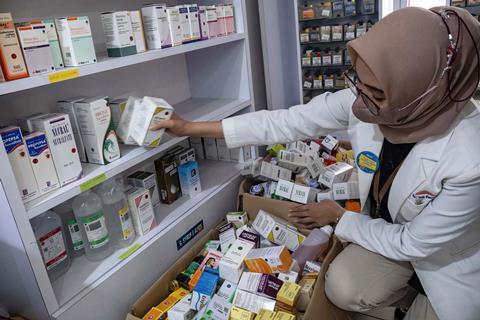
The US Food and Drug Administration has highlighted several violations of current good manufacturing practice regulations that could have led to the contamination at Global Pharma, the Indian manufacturer of the affected eye drops. Global Pharma has voluntarily recalled the products.
The issue with glycol contamination in cough syrups is more widespread, affecting several manufacturers, and the root cause is less clear. The World Health Organization (WHO) has received reports from at least seven countries since September 2022 – with more than 300 fatalities in The Gambia, Indonesia and Uzbekistan, mostly children under five. All involve confirmed or suspected contamination with high levels of diethylene glycol (DEG) and ethylene glycol (EG) – industrial solvents and antifreeze agents that can be fatal even in small quantities and should never be in medicines.
In my opinion, lack of enforcement of compliance at manufacturing facilities is causing these situations
Dinesh Thakur
On 11 January, the WHO issued a medical alert relating to two products – Ambronol and Dok-1 Max syrups – supplied to Uzbekistan by Marion Biotech of Noida, India. Testing in Uzbekistan’s national laboratories confirmed both products contained unacceptable levels of DEG and/or EG as contaminants. The Uzbek health ministry attributed the deaths of 18 out of 21 affected children in Samarkand to Dok-1 Max syrup.
As Indian authorities initiated their inquiries, Marion defended its products and called the episode an attempt to tarnish the reputation of Marion, and Indian pharmaceuticals more generally. It disputed the WHO’s claim of finding EG in Doc-1 Max syrup and cast doubt on the quality of the Uzbek investigation. However, the Indian regulator suspended Marion’s license and production has been halted.
A broader problem
The problems in Indonesia arose in October. While they appear to be unrelated to any Indian company, the issue is the same. Indonesian authorities discovered unacceptable amounts of ethylene glycol and/or diethylene glycol as contaminants in eight locally produced syrups and drops, the WHO told Chemistry World.
It is the basic responsibility of the management to ensure that chemicals are tested rigorously for quality control before manufacture. But whether this happens or not remains an open question
The Indian investigators are yet to submit their reports for the Uzbekistan case. However, on the Gambian deaths, a committee reportedly found insufficient evidence to conclusively link Indian manufactured syrup with the deaths. Indian regulators also claimed that the WHO had not shared with them evidence of a causal relationship between the deaths and the implicated syrups, manufactured by India’s Maiden Pharmaceuticals.
Whether the contaminants originate from substandard local factories or elsewhere in the complex pharmaceutical supply chain remains unknown. ‘In my opinion, lack of enforcement of compliance at manufacturing facilities is causing these situations,’ says industry whistleblower and public health activist Dinesh Thakur, who has closely studied the Indian regulatory environment. There are various possibilities: regulatory failure, greed and callousness on the part of companies, or insecure supply chains. ‘I suspect all of these,’ Thakur says.
It’s possible that legitimate syrup ingredients such as glycerine or propylene glycol – both regarded as safe and used as sweeteners, or to help dissolve active ingredients that are poorly water soluble soluble – have been replaced or contaminated with chemically similar but highly toxic DEG or EG, either accidentally or deliberately. ‘The only way to [find out] is to conduct a thorough and transparent investigation of erring companies, and only a drug regulator can do that,’ says Thakur.
A senior Indian industry observer, requesting anonymity, told Chemistry World that DEG and EG are produced locally as well as being imported. ‘It is the basic responsibility of the management to ensure that any chemicals entering the manufacturing plants are pharmaceutical grade – and not industrial commercial grade – and are tested thoroughly and rigorously for quality control before manufacture. But whether this happens or not remains an open question,’ he says.




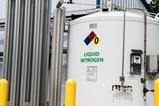
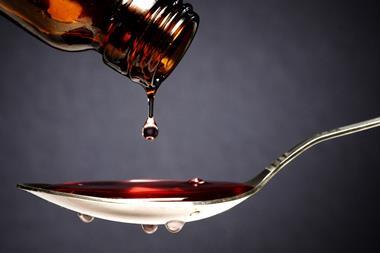


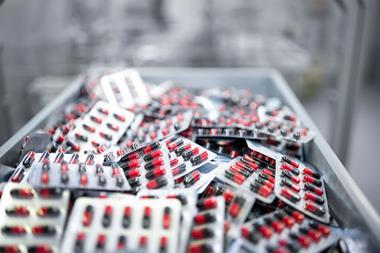
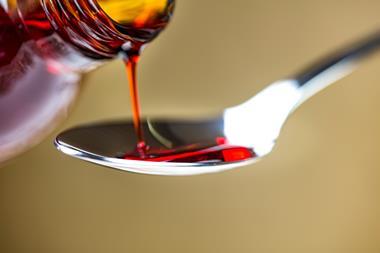
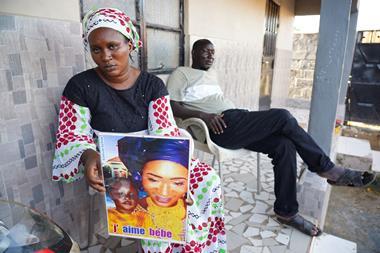






No comments yet